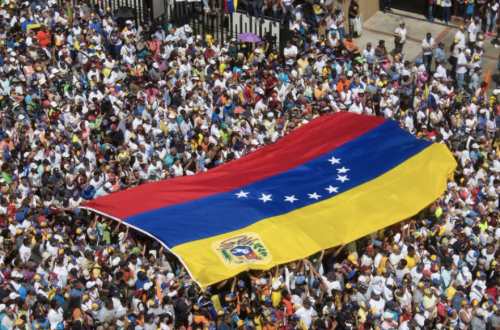Susan Shand’s book (The Lyons Press, 2018) is a moving account of the Islamic State’s (ISIS) genocide against the Yazidi community in the Sinjar region of northern Iraq in August 2014, which claimed the lives of over 2,000 Yazidis, saw over 10,000 more abducted and tens-of-thousands more displaced — arguably constituting ISIS’s single most heinous crime against humanity. It is Shand’s first book and the only comprehensive examination we have of ‘the first genocide of the twenty-first century’.
Shand asks how it was possible that ‘the greatest military might in the world could rally so quickly on behalf of an obscure people without influence or power?’ In the very first chapter, by describing how one threatened Yazidi family called relatives in the US to tell them what was happening and how those relatives feared ‘they were about to hear from thousands of miles away, the murder of their family,’ she sets the tone for the rest of the book. The narrative moves the reader between the experiences of the victims in northern Iraq as they try to flee ISIS’s massacres and the political developments in Washington that eventually led to the US military intervention, lending the book a cinematic quality.
We hear from several key individuals interviewed by Shand about that fateful fortnight, who each helped to raise awareness. Iraq’s only Yazidi MP Vian Dakhil ensured unprecedented unity in the parliament. Yazidi Voice of America journalist Dakhil Shammo briefed the White House about the dire situation. And of course, the victims on the ground in the Sinjar region, who by making their voices heard were also agents.
VICTIMS
The most valuable and most moving parts of her account are undoubtedly her documentation of the victims’ experiences. Shand gives a harrowing account of a young man named Abbas who saw his entire village massacred and only survived by playing dead. She also vividly describes the conditions on the mountain where the besieged Yazidis began to die from severe dehydration in the boiling summer sun. ‘It was difficult to tell the living from the dead as both lay with their faces in the dirt, turned away from the brutal sun.’ As the sun beat down, ‘small patches of shade thrown by a scraggly shrub sheltered four or five children who clung to each other and moaned from thirst’.
In those dire circumstances, water was so limited that each person had to subsist on one sip per day. A woman gave birth on the mountain. ‘The pain that I remember came from my lips,’ she recalls. ‘They were so dry that with each push they would crack more. It felt like my face was being ripped open, not my womb. I remember thirst. And I remember the panting hurt my throat like the air was scraping my throat. I tried to keep my eyes closed, not to see her being born. When they were forced open from the pain, the sun hit my eyes. I thought, is this what birth is like for a wild animal? But I am not an animal. Not yet.’
PERPETRATORS
ISIS were not the only perpetrators. Shand’s account of the collusion of local Arabs against the Yazidis, and the Kurds in general – which belies the idea that the mass-murder of Sinjar’s Yazidis was a simply a cross-border ISIS invasion from Syria – is truly shocking. READ MORE.




